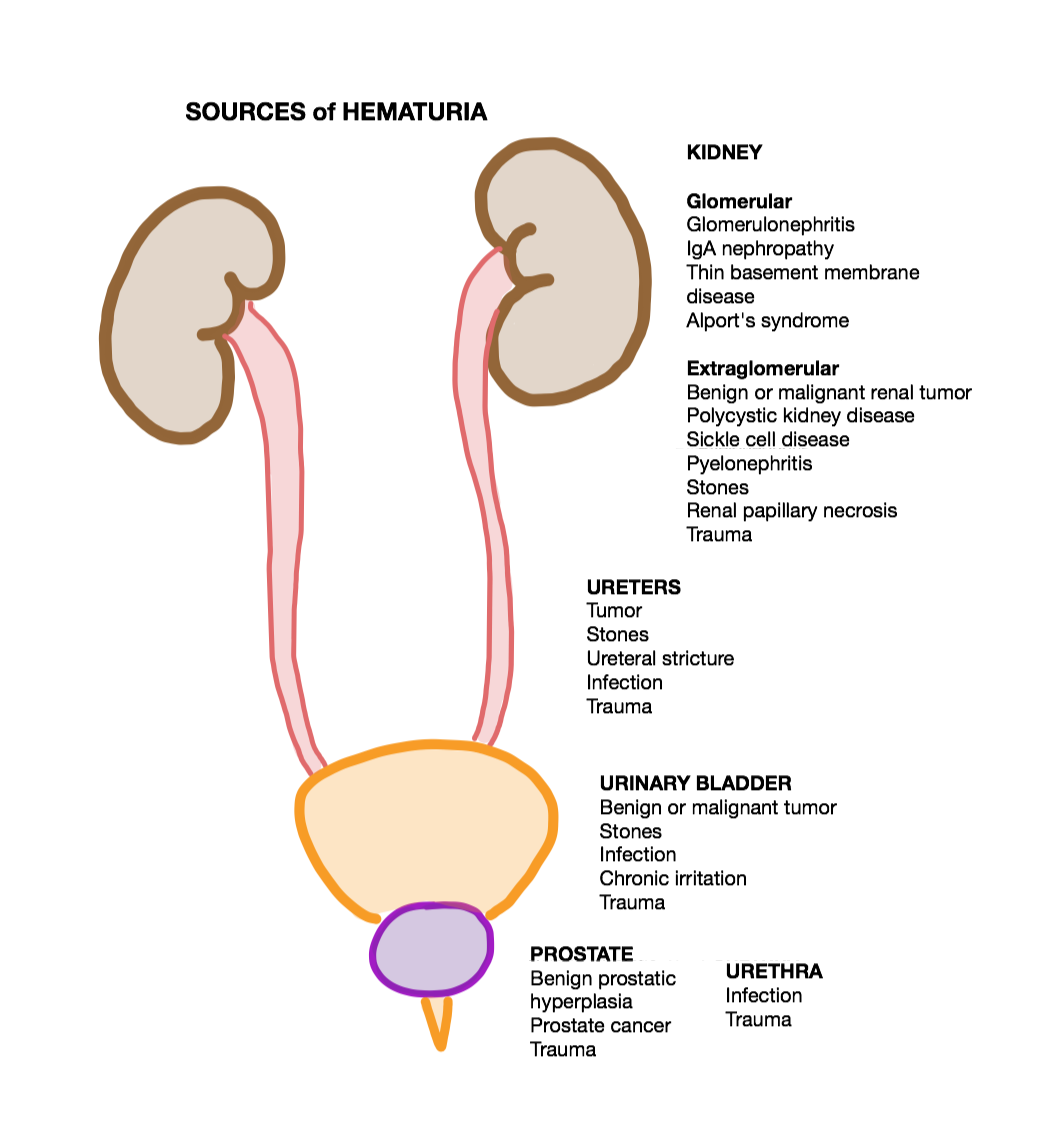|
Lonomia Obliqua
''Lonomia obliqua'', the giant silkworm moth (a name also used for a wide range of other saturniid moths), is a species of saturniid moth from South America. It is famous for its larval form, rather than the adult moth, primarily because of the caterpillar's defense mechanism, urticating bristles that inject a potentially deadly venom. The caterpillar has been responsible for many human deaths, especially in southern Brazil. Its venom has been the subject of numerous medical studies. The species was first described by Francis Walker in 1855. Guinness World Records classified the ''Lonomia obliqua'' as the most venomous caterpillar in the world. Description These caterpillars are about 4.5 to 5.5 centimeters (about 2 in) long, with background colors ranging from green to brown. Well camouflaged, they have rows of tubercles crowned with whorls of easily detachable spines of different sizes. Discovery Caterpillars of many species can cause irritation by their hollow body h ... [...More Info...] [...Related Items...] OR: [Wikipedia] [Google] [Baidu] |
Francis Walker (entomologist)
Francis Walker (31 July 1809 – 5 October 1874) was an English entomologist. He was born in Southgate, London, on 31 July 1809 and died at Wanstead, England on 5 October 1874. He was one of the most prolific authors in entomology, and stirred controversy during his later life as his publications resulted in a huge number of junior synonyms. However, his assiduous work on the collections of the British Museum had great significance. Between June 1848 and late 1873 Walker was contracted by John Edward Gray Director of the British Museum to catalogue their insects (except Coleoptera) that is Orthoptera, Neuroptera, Hemiptera, Diptera, Lepidoptera and Hymenoptera. Walker largely accomplished this and (Edwards, 1870) wrote of the plan and by implication those who implemented it “It is to him raythat the Public owe the admirable helps to the study of natural history which have been afforded by the series of inventories, guides, and nomenclatures, the publication of which beg ... [...More Info...] [...Related Items...] OR: [Wikipedia] [Google] [Baidu] |
Disseminated Intravascular Coagulation
Disseminated intravascular coagulation (DIC) is a condition in which blood clots form throughout the body, blocking small blood vessels. Symptoms may include chest pain, shortness of breath, leg pain, problems speaking, or problems moving parts of the body. As clotting factors and platelets are used up, bleeding may occur. This may include blood in the urine, blood in the stool, or bleeding into the skin. Complications may include organ failure. Relatively common causes include sepsis, surgery, major trauma, cancer, and complications of pregnancy. Less common causes include snake bites, frostbite, and burns. There are two main types: acute (rapid onset) and chronic (slow onset). Diagnosis is typically based on blood tests. Findings may include low platelets, low fibrinogen, high INR, or high D-dimer. Treatment is mainly directed towards the underlying condition. Other measures may include giving platelets, cryoprecipitate, or fresh frozen plasma. Evidence to support these trea ... [...More Info...] [...Related Items...] OR: [Wikipedia] [Google] [Baidu] |
Apoptotic
Apoptosis (from grc, ἀπόπτωσις, apóptōsis, 'falling off') is a form of programmed cell death that occurs in multicellular organisms. Biochemical events lead to characteristic cell changes (morphology) and death. These changes include blebbing, cell shrinkage, nuclear fragmentation, chromatin condensation, DNA fragmentation, and mRNA decay. The average adult human loses between 50 and 70 billion cells each day due to apoptosis. For an average human child between eight and fourteen years old, approximately twenty to thirty billion cells die per day. In contrast to necrosis, which is a form of traumatic cell death that results from acute cellular injury, apoptosis is a highly regulated and controlled process that confers advantages during an organism's life cycle. For example, the separation of fingers and toes in a developing human embryo occurs because cells between the digits undergo apoptosis. Unlike necrosis, apoptosis produces cell fragments called apoptotic bod ... [...More Info...] [...Related Items...] OR: [Wikipedia] [Google] [Baidu] |
Butantan Institute
Instituto Butantan (in modern Portuguese, Instituto Butantã, ) is a Brazilian biologic research center located in Butantã, in the western part of the city of São Paulo, Brazil. Instituto Butantan is a public institution affiliated with the São Paulo State Secretariat of Health and considered one of the major scientific centers in the world. Butantan is the largest immunobiologicals and biopharmaceuticals producer in Latin America (and one of the largest in the world). It is world-renowned for its collection of venomous snakes, as well as those of venomous lizards, spiders, insects and scorpions. By extracting the reptiles' and insects' venoms, the Institute develops antivenoms and medicines against many diseases, which include tuberculosis, rabies, tetanus and diphtheria. History The Institute was founded by the Brazilian physician and biomedical scientist Vital Brazil in 1901, according to Pasteur Institute paradigm, i.e., by combining in the same institution medical rese ... [...More Info...] [...Related Items...] OR: [Wikipedia] [Google] [Baidu] |
Coagulopathy
Coagulopathy (also called a bleeding disorder) is a condition in which the blood's ability to coagulate (form clots) is impaired. This condition can cause a tendency toward prolonged or excessive bleeding (bleeding diathesis), which may occur spontaneously or following an injury or medical and dental procedures. Coagulopathies are sometimes erroneously referred to as "clotting disorders", but a clotting disorder is the opposite, defined as a predisposition to excessive clot formation (thrombus), also known as a hypercoagulable state or thrombophilia. Signs and symptoms Coagulopathy may cause uncontrolled internal or external bleeding. Left untreated, uncontrolled bleeding may cause damage to joints, muscles, or internal organs and may be life-threatening. People should seek immediate medical care for serious symptoms, including heavy external bleeding, blood in the urine or stool, double vision, severe head or neck pain, repeated vomiting, difficulty walking, convulsions, or se ... [...More Info...] [...Related Items...] OR: [Wikipedia] [Google] [Baidu] |
Antifibrinolytic
Antifibrinolytics are a class of medication that are inhibitors of fibrinolysis. Examples include aminocaproic acid (ε-aminocaproic acid) and tranexamic acid Tranexamic acid (TXA) is a medication used to treat or prevent excessive blood loss from major trauma, postpartum bleeding, surgery, tooth removal, nosebleeds, and heavy menstruation. It is also used for hereditary angioedema. It is taken eit .... These lysine-like drugs interfere with the formation of the fibrinolytic enzyme plasmin from its precursor plasminogen by plasminogen activators (primarily t-PA and u-PA) which takes place mainly in lysine rich areas on the surface of fibrin. References External links * * {{Antihemorrhagics Transfusion medicine ... [...More Info...] [...Related Items...] OR: [Wikipedia] [Google] [Baidu] |
Glasgow Coma Scale
The Glasgow Coma Scale (GCS) is a clinical scale used to reliably measure a person's level of consciousness after a brain injury. The GCS assesses a person based on their ability to perform eye movements, speak, and move their body. These three behaviours make up the three elements of the scale: eye, verbal, and motor. A person's GCS score can range from 3 (completely unresponsive) to 15 (responsive). This score is used to guide immediate medical care after a brain injury (such as a car accident) and also to monitor hospitalised patients and track their level of consciousness. Lower GCS scores are correlated with higher risk of death. However, the GCS score alone should not be used on its own to predict the outcome for an individual person with brain injury. Scoring The Glasgow Coma Scale is used for people above the age of two and composed of three tests: eye, verbal, and motor responses. The scores for each of these tests are indicated in the table below. The Glasgow Com ... [...More Info...] [...Related Items...] OR: [Wikipedia] [Google] [Baidu] |
Acute Kidney Injury
Acute kidney injury (AKI), previously called acute renal failure (ARF), is a sudden decrease in kidney function that develops within 7 days, as shown by an increase in serum creatinine or a decrease in urine output, or both. Causes of AKI are classified as either prerenal (due to decreased blood flow to the kidney), intrinsic renal (due to damage to the kidney itself), or postrenal (due to blockage of urine flow). Prerenal causes of AKI include sepsis, dehydration, excessive blood loss, cardiogenic shock, heart failure, cirrhosis, and certain medications like ACE inhibitors or NSAIDs. Intrinsic renal causes of AKI include glomerulonephritis, lupus nephritis, acute tubular necrosis, certain antibiotics, and chemotherapeutic agents. Postrenal causes of AKI include kidney stones, bladder cancer, neurogenic bladder, enlargement of the prostate, narrowing of the urethra, and certain medications like anticholinergics. The diagnosis of AKI is made based on a person's signs and sympto ... [...More Info...] [...Related Items...] OR: [Wikipedia] [Google] [Baidu] |
Intracranial Hemorrhage
Intracranial hemorrhage (ICH), also known as intracranial bleed, is bleeding within the skull. Subtypes are intracerebral bleeds ( intraventricular bleeds and intraparenchymal bleeds), subarachnoid bleeds, epidural bleeds, and subdural bleeds. More often than not it ends in a lethal outcome. Intracerebral bleeding affects 2.5 per 10,000 people each year. Signs and symptoms Intracranial hemorrhage is a serious medical emergency because the buildup of blood within the skull can lead to increases in intracranial pressure, which can crush delicate brain tissue or limit its blood supply. Severe increases in intracranial pressure (ICP) can cause brain herniation, in which parts of the brain are squeezed past structures in the skull. Causes Trauma is the most common cause of intracranial hemorrhage. It can cause epidural hemorrhage, subdural hemorrhage, and subarachnoid hemorrhage. Other condition such as hemorrhagic parenchymal contusion and cerebral microhemorrhages can also ... [...More Info...] [...Related Items...] OR: [Wikipedia] [Google] [Baidu] |
Pulmonary
The lungs are the primary organs of the respiratory system in humans and most other animals, including some snails and a small number of fish. In mammals and most other vertebrates, two lungs are located near the backbone on either side of the heart. Their function in the respiratory system is to extract oxygen from the air and transfer it into the bloodstream, and to release carbon dioxide from the bloodstream into the atmosphere, in a process of gas exchange. Respiration is driven by different muscular systems in different species. Mammals, reptiles and birds use their different muscles to support and foster breathing. In earlier tetrapods, air was driven into the lungs by the pharyngeal muscles via buccal pumping, a mechanism still seen in amphibians. In humans, the main muscle of respiration that drives breathing is the diaphragm. The lungs also provide airflow that makes vocal sounds including human speech possible. Humans have two lungs, one on the left and one on the ... [...More Info...] [...Related Items...] OR: [Wikipedia] [Google] [Baidu] |
Hematuria
Hematuria or haematuria is defined as the presence of blood or red blood cells in the urine. “Gross hematuria” occurs when urine appears red, brown, or tea-colored due to the presence of blood. Hematuria may also be subtle and only detectable with a microscope or laboratory test. Blood that enters and mixes with the urine can come from any location within the urinary system, including the kidney, ureter, urinary bladder, urethra, and in men, the prostate. Common causes of hematuria include urinary tract infection (UTI), kidney stones, viral illness, trauma, bladder cancer, and exercise. These causes are grouped into glomerular and non-glomerular causes, depending on the involvement of the glomerulus of the kidney. But not all red urine is hematuria. Other substances such as certain medications and foods (e.g. blackberries, beets, food dyes) can cause urine to appear red. Menstruation in women may also cause the appearance of hematuria and may result in a positive urine dipstick ... [...More Info...] [...Related Items...] OR: [Wikipedia] [Google] [Baidu] |






